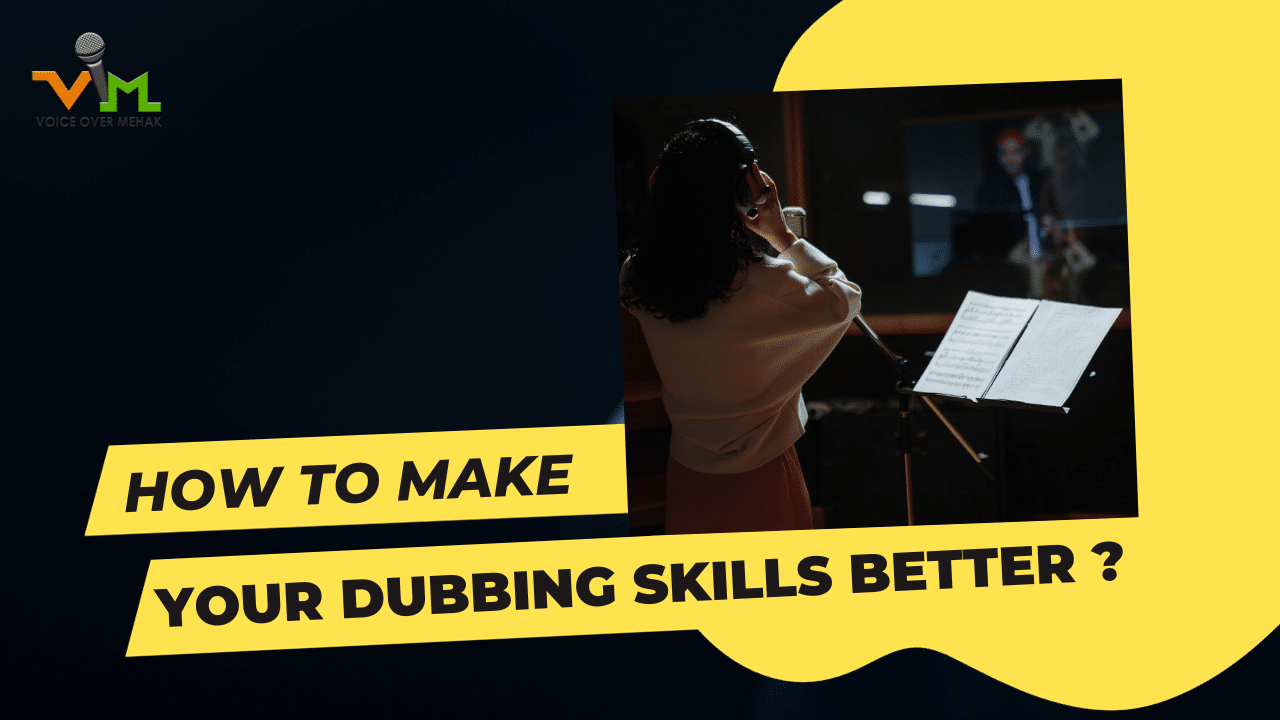
How to Dubb quickly with Perfection
Dubbing fast with perfection is a skill that requires a combination of technical proficiency, creativity, and practice. Dubbing involves replacing the original audio in a video or film with a new voiceover, matching lip-sync and emotional nuances. Here are steps and considerations to help you dub quickly and with precision:
Understanding the Material:
Familiarize yourself with the script and the context of the scene. Understand the character’s motivations, emotions, and personality.
Voice Preparation:
Warm up your vocal cords to ensure flexibility and clarity in your voice.
Practice speaking at varying speeds to develop control over your pace.
Timing and Sync:
Pay close attention to the original actor’s lip movements and timing. Your voice should match these as closely as possible.
Use headphones to listen to the original audio while dubbing to ensure synchronization.
Emotional Expressiveness:
Match the emotions and tone of the original performance. Your voice should convey the same feelings and intensity.
Pronunciation and Articulation:
Enunciate words clearly to ensure the audience understands the dialogue.
Pay attention to accents, if required, and practice them beforehand.
Script Adaptation:
Sometimes, scripts may need to be adapted to fit the lip movements and cultural context. Work closely with the scriptwriter or director if changes are necessary.
Take Breaks:
Dubbing can be mentally and vocally taxing. Take short breaks to rest your voice and maintain focus.
Technical Equipment:
Invest in high-quality recording equipment and a soundproof environment to ensure clear and professional-sounding recordings.
Recording Methods:
Add the filters/plugins to slow or fasten the tempo of the dialogues in the video. There are many filters that exist in the digital audio workstation(Audio Software ) For example there is a plugin in the Audacity software to change the tempo of the dialogues. This is a time-saving approach that is used by many professional dubbing artists.
Editing and Post-Production:
After recording, edit the audio to remove any unwanted noise or inconsistencies.
Make adjustments to the timing and pacing if necessary.
Feedback and Collaboration:
Seek feedback from directors, producers, or colleagues to improve your dubbing skills.
Collaborate with others in the industry to gain insights and share experiences.
Practice and Perseverance:
Dubbing, like any skill, improves with practice. Keep dubbing various materials to refine your technique.
Be patient with yourself and focus on continuous improvement.
Observe Others:
Analyze the work of experienced dubbing artists. Pay attention to their techniques and styles to learn from them.
Professional Training:
Consider enrolling in voice acting or dubbing courses to receive formal training and guidance.
In conclusion,
Finishing dubbing as quickly as possible with perfection requires a combination of technical skills, creative expression, and dedication. It’s a skill that can be honed over time, and continuous practice and attention to detail are key to mastering the art of dubbing.
Leave a Reply